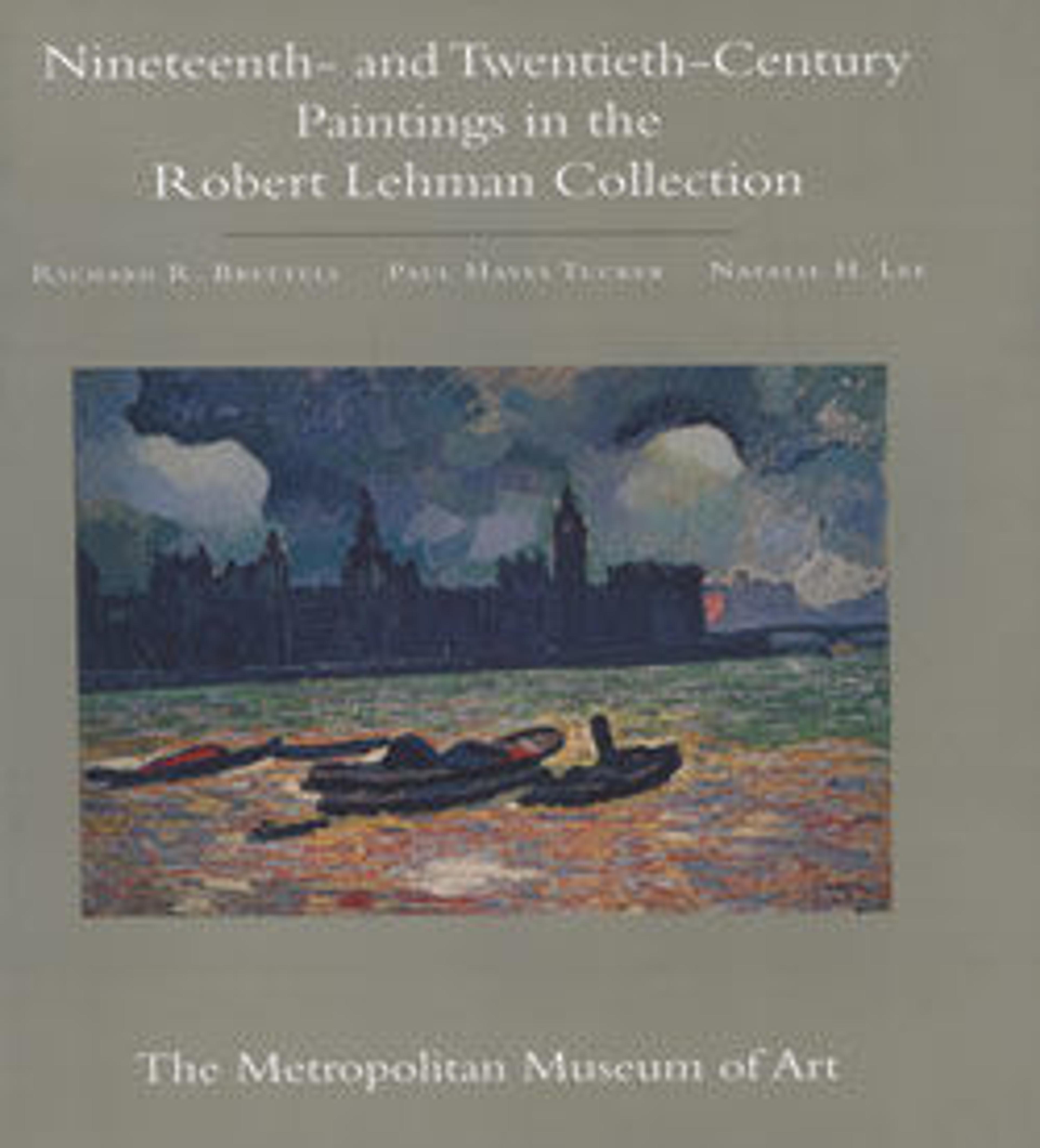Masqueraders
Madrazo was famous during his lifetime and painted portraits for wealthy French, American, British, and Argentine patrons. He was also known for his skillful and often flirtatious genre scenes, such as this painting in the Lehman Collection. In this scene, a couple dressed in extravagant costumes share drinks in a quiet conservatory after a ball. The male leans across the table, gazing at the coquettish blonde female whose face is hidden behind a black mask. She drapes her fingers across her chest, one of many gestures and details in the painting that Madrazo uses to evoke a playfully suggestive subject. The artist further entices the viewer with his beautiful painterly effects seen in the way that he conveys extraordinary material—satin, fur, porcelain, glass, feather, and velvet, all bathed in light.
William Henry Vanderbilt bought this painting in 1878, the same year that Madrazo won the first-class medal at the Exposition Universelle in Paris and was elected to the French Academy. This painting probably showed at the exposition in this year.
William Henry Vanderbilt bought this painting in 1878, the same year that Madrazo won the first-class medal at the Exposition Universelle in Paris and was elected to the French Academy. This painting probably showed at the exposition in this year.
Artwork Details
- Title: Masqueraders
- Artist: Raimundo de Madrazo y Garreta (Spanish (born Italy), Rome 1841–1920 Versailles)
- Date: 1875–78
- Medium: Oil on canvas
- Dimensions: 40 in. × 25 1/2 in. (101.6 × 64.8 cm)
Framed: 51 9/16 × 38 3/16 in. (131 × 97 cm) - Classification: Paintings
- Credit Line: Robert Lehman Collection, 1975
- Object Number: 1975.1.233
- Curatorial Department: The Robert Lehman Collection
More Artwork
Research Resources
The Met provides unparalleled resources for research and welcomes an international community of students and scholars. The Met's Open Access API is where creators and researchers can connect to the The Met collection. Open Access data and public domain images are available for unrestricted commercial and noncommercial use without permission or fee.
To request images under copyright and other restrictions, please use this Image Request form.
Feedback
We continue to research and examine historical and cultural context for objects in The Met collection. If you have comments or questions about this object record, please complete and submit this form. The Museum looks forward to receiving your comments.
